Taking care of tires must be a priority for every car, truck, RV, or trailer owner. After all, the tires are all that stands between your vehicle and the roadway.
Proper tire maintenance is not limited to checking air pressure and inspecting them for signs of damage. Tires that are left sitting still for an extended period (think of a personal water craft that sits dormant for well over half the year in colder climates) can be at risk of dry rotting, which is a problem best avoided.
https://www.shutterstock.com/image-photo/trailer-behind-car-parking-rental-shop-2127903161Dry rotting generally manifests itself in the form of cracks in the rubber. As tires age and face greater exposure to the sun they can lose their protective resin covering, which leaves the rubber underneath vulnerable to other natural elements and makes the tire become brittle. When this happens the tire becomes more vulnerable to other forms of damage, which means it can quickly become unusable.
Dry rotting in tires is most commonly attributed to inactivity. If a trailer is sitting in your driveway or parking lot for an extended time, this means its tires will be left exposed to the elements and also sitting in the same position. Elements such as rain, moisture, sunlight and ice can all eat away at the tire rubber over time. For example, extended exposure to sunlight means the tires are exposed to ultraviolet rays, which can be a nightmare for the aforementioned resin coatings that tires rely on for protection.
Additionally, long-term contact with the ground can cause tire dry rot and flat spots.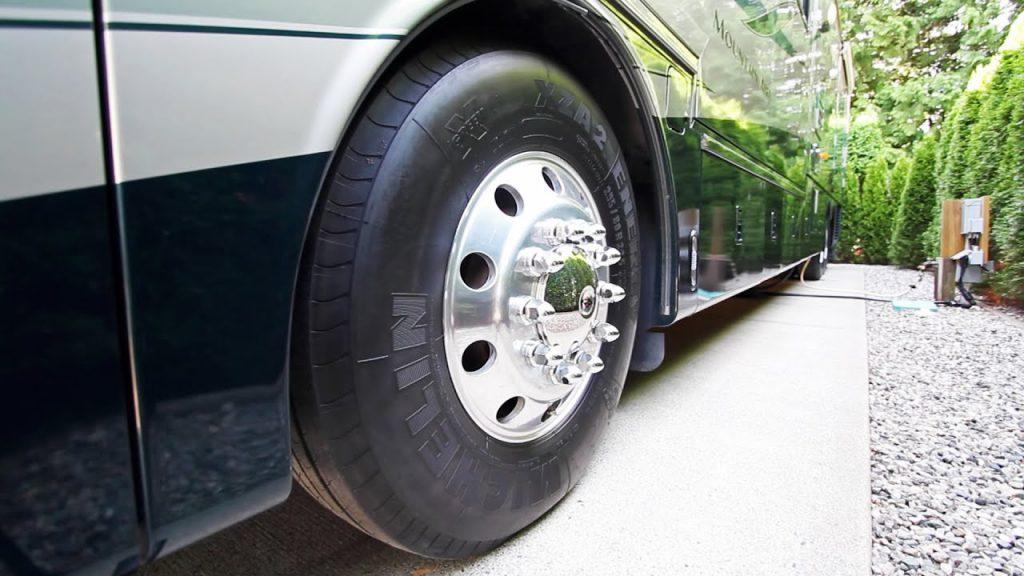 Finally, pressure and weight can also put significant strain on your tires and cause them to degrade faster. If you have a heavy load on your trailer and leave it resting on the wheels for an extended period, trouble might follow in the form of damaged tires.
Finally, pressure and weight can also put significant strain on your tires and cause them to degrade faster. If you have a heavy load on your trailer and leave it resting on the wheels for an extended period, trouble might follow in the form of damaged tires.
Fortunately there are a number of steps you can take to protect your tires from the elements described above and extend their usable lifespan.
First, it is critical to protect your tires from sun exposure. At most car and RV stores you can buy covers that are specially made for this purpose. Using them helps you prevent ultraviolet light from degrading your trailer tires in your driveway.
Consider rotating the tires on a regular basis. By this, we don’t mean in the traditional sense of swapping their places as one might do at an oil change. Instead, just try and move the trailer around every few weeks so that it’s resting on a different part of the tire. This will help spread out the impact of the weight, which can ensure that the tire is equally worn and no disproportionate wear contributes to its premature demise. You can also help better distribute the weight of the trailer by having the tires rest on plywood that you’ve laid out on the driveway ahead of time. This works similarly to a snowshoe, distributing your weight so your foot doesn’t sink all the way into the snow.
This will help spread out the impact of the weight, which can ensure that the tire is equally worn and no disproportionate wear contributes to its premature demise. You can also help better distribute the weight of the trailer by having the tires rest on plywood that you’ve laid out on the driveway ahead of time. This works similarly to a snowshoe, distributing your weight so your foot doesn’t sink all the way into the snow.
Test your tire pressure regularly. Over- or under-inflated tires can be a real threat to the integrity of your trailer’s tires. One of the best possible options is that if your trailer is going to be inactive for an extended period you could also leave it resting on blocks, remove the tires altogether, and store them while underinflated in a cool, dry place.
Protecting and maintaining your tires is the responsibility of every vehicle owner, and it becomes especially pressing when it comes to trailers, which might face long stretches of little to no use. By educating yourself on what dry rot can do to tires, what the contributing factors are, and how you can prevent them, you can go a long way towards extending the lifespan of your trailer and keeping your family and equipment safe.
By educating yourself on what dry rot can do to tires, what the contributing factors are, and how you can prevent them, you can go a long way towards extending the lifespan of your trailer and keeping your family and equipment safe.
Even as the name is self-explanatory, there are a few things that you should know before taking a leap into the prevention steps.
 So, the moment you notice that the tire color has changed from black to gray, it’s time to take action and prevent the tire from an aggravated dry rot.
So, the moment you notice that the tire color has changed from black to gray, it’s time to take action and prevent the tire from an aggravated dry rot. There is no exclusive kit or set of equipment required to prevent dry rotting. But yes, there is some sort of equipment required depending on the prevention method you opt for. Having said that, here are a few things that you will always require.
Preventing the trailer tires from dry rotting isn’t a one-time thing or a process. To protect your tires, you need to adopt some measures and use the right materials to support the methods. So, here are the things you need to do.
To protect your tires, you need to adopt some measures and use the right materials to support the methods. So, here are the things you need to do.
This is the first step towards preventing dry rot and saving you the money to replace the tires. Firstly, ensure that you conduct regular inspections of the trailer tires and the trailer itself. Fix a day in the month or once every two months for the inspection.
Start with the sidewalls to notice any sort of cracks, discoloration (gray), or any sort of bulges in the tire. For the treads, check for cracks. Well, if the tires have been on the road before, the treads will have some cracks. So, where treads can confuse you, focus on the sidewalls.
#2. Park the Trailer Under the ShadeProtection from the sun is also essential to protect the tires from dry rotting. If you do not have enough space in your home to park under the shade, hire a unit for the same.
If that’s also not possible, find a tree where you can park or look for the trailer parks in your area to keep the trailer there.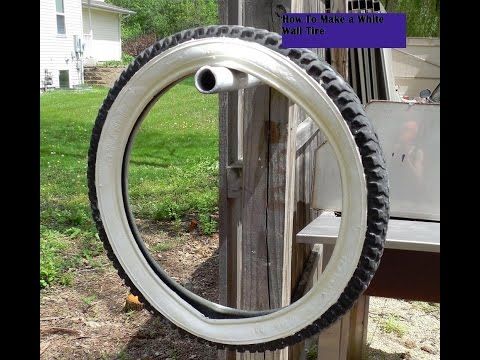
In case any of these is not possible, and you are forced to park the trailer under the sun, use a tarp to cover the trailer from all the sides, including the tires.
#3. Cleaning the TiresA simple thing such as washing and cleaning the tires can improve their life and prevent dry rotting. Complement the tire cleaning process with tire covers to keep them in an immaculate condition for years to come.
However, while cleaning, use a water and soap solution. Do not use heavy chemical-laden products to wash them as it can do more harm than good. After washing the tires, shield them with tire and wheel covers for extra protection.
#4. Ensure Proper Tire InflationAn under-inflated trailer tire is akin to an accident waiting to happen. Even if the trailer is parked, you must ensure that it always has the company-recommended air pressure. Under-inflation aggravates the dry rotting process, and if you drive with less pressure, the intensity of tire treading will be higher.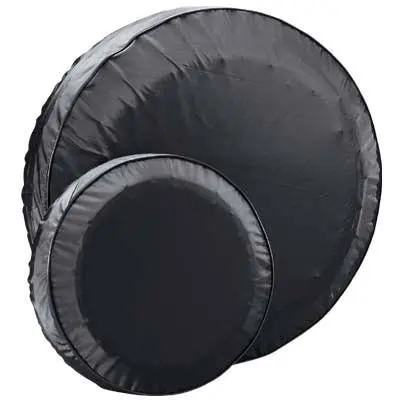
A word of caution: if the tires have already started to dry rot and you see cracks in the sidewalls as well as the treads, the inflating needs to be more frequent. This is to prevent further rotting and ensure that when you take the trailer out for inspection before a trip, it can reach the repair shop.
#5. Do Not OverloadIf we were writing a guide on how to store your trailer for the summer or winter, the first thing we would have shared is emptying the trailer. Every tire is built to withstand a certain capacity of weight. However, when the trailer is parked, the tires are already under a lot of stress.
An overloaded trailer will only add to the problems, including accelerating the dry rotting. Plus, the extra weight can cause cracks, bulges, and even a blowout, especially when the tires are directly exposed to the sun’s UV rays.
Frequently Asked QuestionsHow long can I drive the trailer with dry rotted tires?
The question is not about how far, but how much you are at risk of a blowout when driving with dilapidated tires.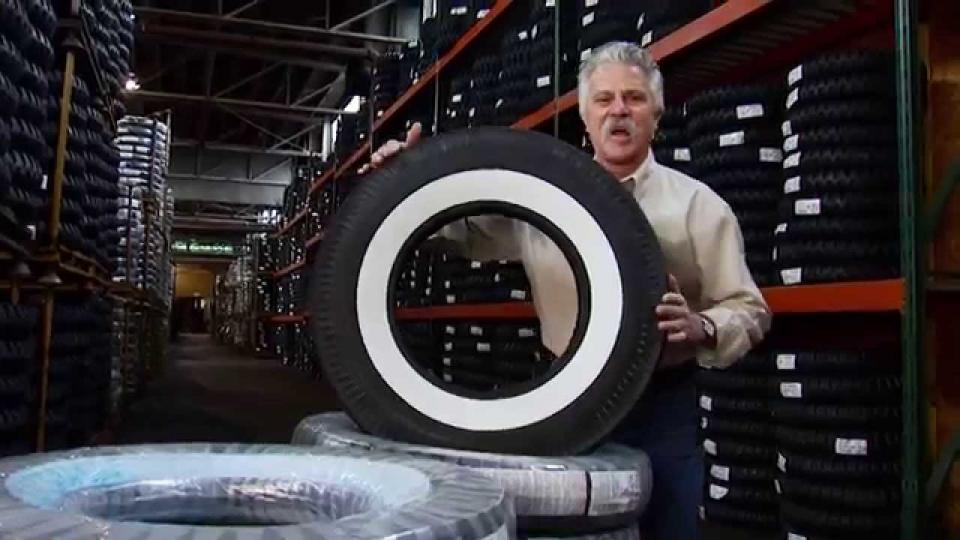 So, it is best that if you see the signs of dry rotting, check for its impact and then replace them before taking the trailer out on a long trip.
So, it is best that if you see the signs of dry rotting, check for its impact and then replace them before taking the trailer out on a long trip.
What’s the best way to tell that trailer tires are dry rotting?
Sidewall cracks is the quickest and most authentic way to find out if the trailer tires have started to rot. This can happen due to the heat, pressure, leaking oils, and chemicals from cleaning agents.
Can I also remove the tires to save them from rotting?
Yes. If you can invest in two pairs of jacks, it is better to take the tire out and store them in a cool and dark place with no exposure to the sun. While storing them inside, you can also use an Aerospace Protectant for better protection.
With the onset of the new season, motorists have a question - how to properly store tires? Can I store them in the garage or on the balcony? What happens if the requirements are not met? We will tell you how to handle tires removed from the car.
Tires are made of soft elastic material that is subject to deformation. In inappropriate conditions, they quickly lose their properties. If you have not learned how to properly store tires, you may experience such unpleasant consequences:
Don't risk your safety!
According to GOSTs, tires can be stored in a dry place, sheltered from precipitation, at a temperature of -30 to +40 C°. These requirements are met by garages, outbuildings, storerooms, glazed balconies and other similar premises.
Interested in how to store tires in winter? The main enemies in this case will be snow and water.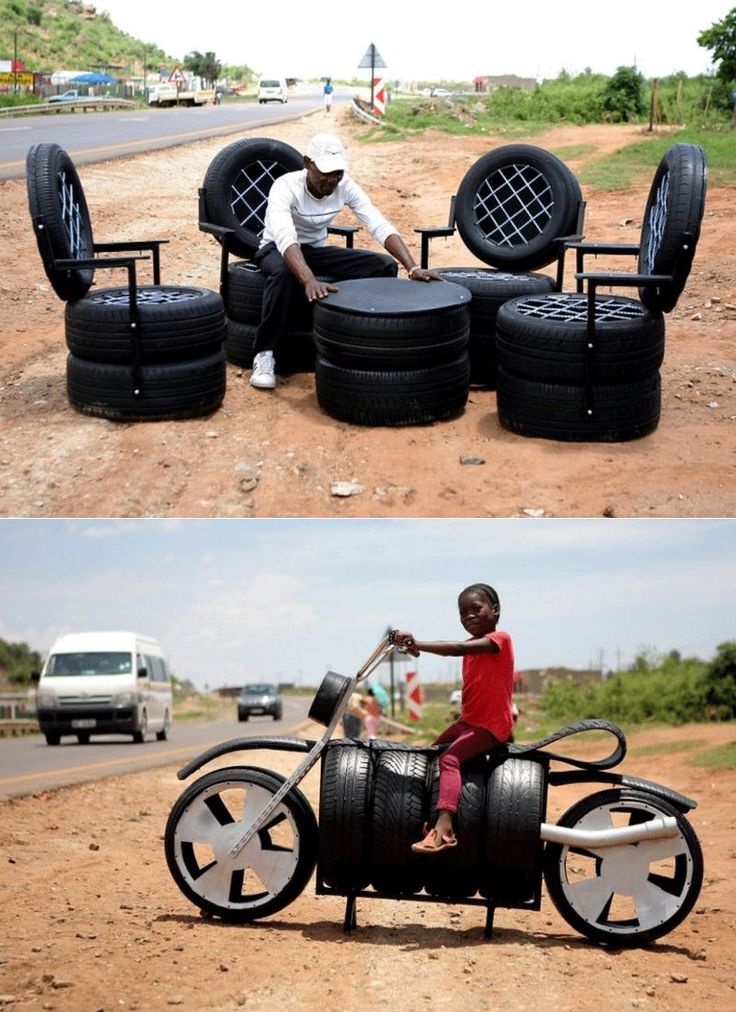 They can damage the tire by causing the sensitive material to warp. The same applies to discs that can be corroded. To maintain the properties of the tire in winter, good ventilation should be provided. It will be even better if you can organize heating.
They can damage the tire by causing the sensitive material to warp. The same applies to discs that can be corroded. To maintain the properties of the tire in winter, good ventilation should be provided. It will be even better if you can organize heating.
If you need to know how to store wheels in the summer, then you should pay attention to bright sunlight. UV radiation is also detrimental to tires: it deteriorates their properties, causing accelerated wear. Therefore, you should buy special covers made from natural materials. In order for the tires to remain elastic and durable after the end of the summer season, you need to periodically turn them or shift them, observing all the requirements.
If you don't have space to put your wheels in your garage or on your balcony, you can take your tires to a special warehouse. The advantages of such a solution are:
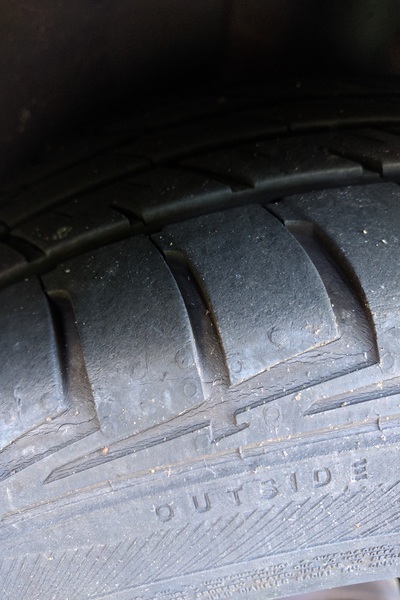
Properly storing tires is not difficult, but you need to do some preliminary preparation. Each tire should be thoroughly washed from dirt - adhering soil, asphalt particles and other substances can destroy the material. During this procedure, you can carefully inspect the surface of the wheel, finding cuts, punctures and other damage on it.
It is advisable to store tires on disks - in this case, they retain their original shape better. In addition, with the onset of the new season, you will save on the services of the service center. Each tire should be pre-treated with silicone grease. Do not confuse it with a color restorer that contains a solvent! In winter, the lubricant will prevent the formation of ice: it will fill the pores of the tire and push the water out of them. In the summer season, the composition forms a protective coating that will help prevent the elastic material from drying out.
To store summer tires, it is advisable to choose heated rooms.![]() With a strong decrease in temperature, they can “suffocate”, covered with microscopic cracks. This is fraught with rapid stratification during high-speed driving and a complete loss of control. If there is no heating, you need to put the tires in a dry closed garage or shed where snow and water do not penetrate.
With a strong decrease in temperature, they can “suffocate”, covered with microscopic cracks. This is fraught with rapid stratification during high-speed driving and a complete loss of control. If there is no heating, you need to put the tires in a dry closed garage or shed where snow and water do not penetrate.
If summer tires are afraid of frost and moisture, then winter tires are afraid of ultraviolet radiation. When folding them on the balcony, be sure to cover the wheels with a piece of thick cloth. But do not forget to leave a couple of holes for ventilation so that moisture does not accumulate inside. It is undesirable to store winter tires without disks: in the warm season they become very soft and easily deformed. The consequences of such damage will be unpleasant and even dangerous.
Most motorists are wondering how to store tires on rims? We have already said above that this method helps to save time and money during the off-season “changing shoes”.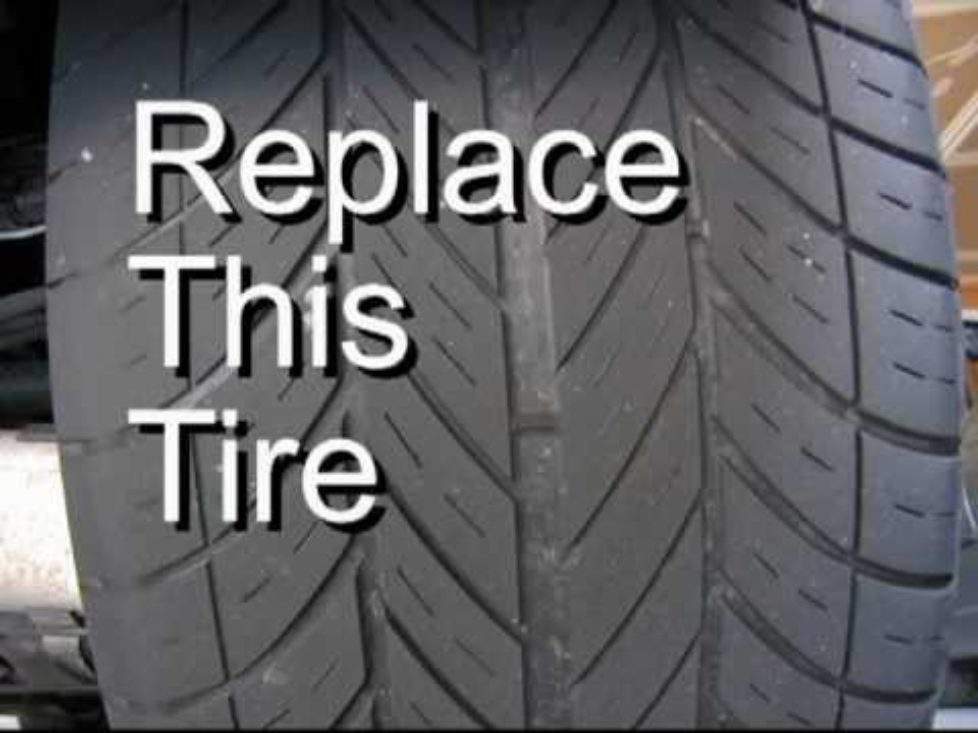 The ideal option for placing tires on rims is in limbo. To do this, you can install special brackets on the ceiling or in the wall. In this case, the main load is assumed by the metal rim - the soft part is not subjected to unnecessary loads.
The ideal option for placing tires on rims is in limbo. To do this, you can install special brackets on the ceiling or in the wall. In this case, the main load is assumed by the metal rim - the soft part is not subjected to unnecessary loads.
To know how to store wheels on rims, you also need to pay attention to pressure. The optimal indicator is from 1 to 1.5 atmospheres. At a lower value, the tires are at risk of squeezing, and at a higher value, bursting. Tires on steel or light alloy rims should be lowered before storage. In a specialized center, experienced employees will take care of this, but in the garage you will have to do it yourself.
What to do if there is no space for hanging tires on the rims? In this case, you can not put them vertically - if the pressure decreases, this will lead to deformation of the frame. It is best to stack tires in a pile, like a children's toy "pyramid". In this case, the following recommendations should be observed:

By knowing how to store your wheels on rims, you will save their properties, increase road safety and reduce your costs.
Many car owners have to store tires without wheels, a set of which is quite expensive. In this case, you will have to follow other recommendations. If you decide to store your tires without rims in your garage, never hang them from the ceiling or stack them. In both cases, the elastic material will be constantly subjected to excessive loads. This will lead to tire deformation, which we have already discussed earlier.
How to store tires without rims? To do this, install them vertically. In the absence of discs, this situation will be the only correct one. It will evenly distribute the load on the tire carcass. If you are interested in the question of how to store wheels without discs in the ideal case, you should know that they should be rotated periodically by 30-40 degrees. If possible, you should do this once every two weeks.
If possible, you should do this once every two weeks.
To store wheels without discs in the garage, you can buy special cases. They protect the surface of the tires from friction, UV exposure and moisture. Summer and all-season tires require special care in the cold season - be sure to treat them with silicone grease and put them in a dry place.
We told how to store summer and winter tires, what requirements must be observed with and without rims. So you will significantly reduce the cost of car maintenance, as well as make your trips really comfortable and safe.
Most Russian motorists use seasonal tires. The climatic conditions in most of our vast country are such that two sets of tires are indispensable. This is necessary for safe movement at any time of the year.
Do motorists properly store the second set of tires, which is waiting for its season? And what is the proper way to store tires? Let's figure it out.
Car tires tend to age. Their shelf life does not exceed five years. And if you store tires in violation of the conditions, this period can be significantly reduced. Rubber should not be exposed to direct sunlight. It should not be stored near heating devices, in very dry and hot rooms. At the same time, severe frosts and high humidity are also contraindicated for tires, as are sudden changes in temperature. Exposure to tires aggressive to rubber substances is unacceptable: gasoline, thinner, engine oil, various chemicals. It is undesirable to get on the tires of exhaust gases. It is very important that the tires are not subjected to long-term deformation during storage.
Rubber, from which tires are made, under the influence of the rays of the sun, high temperatures, very low humidity, as well as severe frosts and sudden changes in temperature, ages, "dubes" and cracks. Such a tire loses its characteristics and you can forget about its further operation. First of all, this applies to winter tires, the peculiarity of which is a particularly soft composition of the rubber compound. If such a tire has grown old, its most important winter properties will decrease sharply.
Such a tire loses its characteristics and you can forget about its further operation. First of all, this applies to winter tires, the peculiarity of which is a particularly soft composition of the rubber compound. If such a tire has grown old, its most important winter properties will decrease sharply.
Contact with aggressive substances on rubber leads to its destruction, up to complete failure. The consequences of storing tires in a deformed state are problems with their balancing and uneven tread wear when driving.
Before being sent to storage, tires must be prepared: thoroughly washed, cleaned of stones and other debris from the tread and be sure to dry. If wheels are stored assembled with rims, the rims should also be cleaned and washed. A common mistake is using plastic bags. It is not recommended to store tires in them. At a minimum, you need to make holes for ventilation so that condensation does not accumulate inside the bag. It is better to purchase special breathable covers. Before being sent for seasonal storage, tires can be treated with a special protective spray.
It is better to purchase special breathable covers. Before being sent for seasonal storage, tires can be treated with a special protective spray.
There are three methods for storing tires: stacking them, placing them on edge, or hanging them. How to properly store tires without discs? Only vertically! And it is advisable to rotate the tires once a month. In a horizontal position - in a stack, it is not recommended to store tires without disks. Moreover, you can not hang them. This will deform the tires.
In this case, the storage rules are different. Assembled wheels are best stored in a stack, but no more than four pieces. Storage in an upright position is acceptable, but not desirable. But it is recommended to hang the mounted wheels. It is important that the tires maintain working pressure.
Of course, where conditions allow for maximum safety. Each owner decides for himself the choice of storage space. For tire safety, this is a very important choice. Let's take a look at some storage options. But first, we remind you that tires cannot be stored on a dirty, wet or cold floor. The best way to store is on a rack.
Each owner decides for himself the choice of storage space. For tire safety, this is a very important choice. Let's take a look at some storage options. But first, we remind you that tires cannot be stored on a dirty, wet or cold floor. The best way to store is on a rack.
Can tires be stored on the balcony? Of course, if it is glazed, and even better - insulated. A cold, windswept, rain-filled and snow-covered balcony is not the best warehouse for tires. Be sure to cover the tires from the sun, especially in summer.
The same case as with the balcony! If the garage is insulated and well ventilated, then this is far from the worst place to store tires. In the simplest metal box, it is difficult to observe the temperature regime. In summer - heat, in winter - frost, in winter and autumn - high humidity. Such a garage can only protect tires from the sun. When storing in a garage, it is important to avoid contact of rubber with aggressive substances that are stored there.
If such a room is warm and dry, then this is the best place to store tires. Of course, you should not store tires in a damp underground or in a pantry next to a radiator.
Here, your tires will be stored in a specially equipped room where optimal humidity and temperature are maintained, on racks specially adapted for tire storage. Of course, such a service costs money, but at the same time, the maximum safety of the rubber is ensured. Often, those who order the storage service are offered discounts on mounting and balancing wheels.
Sometimes you have to store tires on ... a car. When the car is not used in winter or if the driver, for some reason, does not use the car for a long time. The best option is to raise the car on special stands, removing the load from the tires. If this is not possible, it is advisable to increase the pressure in the tires and roll the car from time to time to avoid deformation of the tires.
If this is not possible, it is advisable to increase the pressure in the tires and roll the car from time to time to avoid deformation of the tires.
As we have already said, it is unacceptable to store tires on the street, in direct sunlight, in a hot or damp room, next to heating devices. It is forbidden to store tires in public places, no matter how attractive they look: corridors of apartment buildings, stairwells, attics. Not only does this interfere with neighbors, but it also contradicts fire safety rules. It is hardly worth storing rubber in an apartment if there is no separate room - pantry
Is there a difference in the rules for storing winter and summer tires? There are no fundamental differences here. Winter tires should be washed more thoroughly. After all, they are contaminated with special anti-icing reagents that adversely affect rubber.